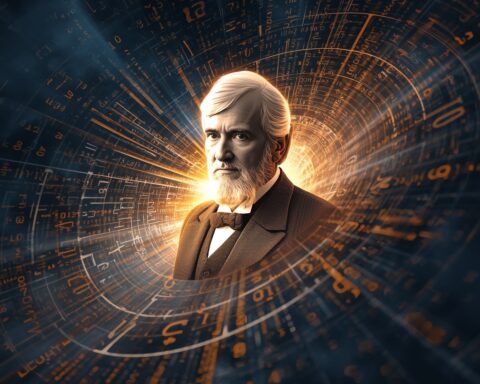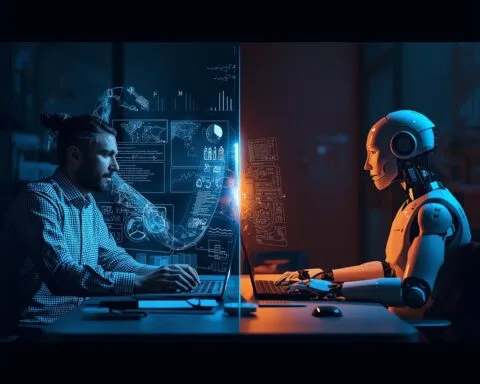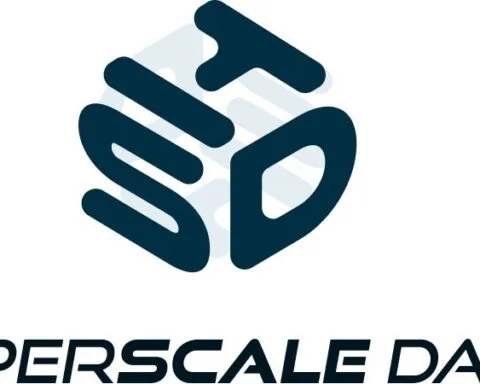Last Updated on March 19, 2024 11:59 am by Laszlo Szabo / NowadAIs | Published on March 19, 2024 by Laszlo Szabo / NowadAIs
3D Models From Simple Images on The Easiest Way: Introducing Stable Video 3D (SV3D) – Key Takeaways
- Stable Video 3D (SV3D) is a generative model based on Stable Video Diffusion, which greatly improves the quality and view-consistency of 3D technology.
- SV3D offers two variants: SV3D_u and SV3D_p. SV3D_u generates orbital videos based on single image inputs, while SV3D_p extends this capability to accommodate both single images and orbital views, enabling the creation of 3D videos along specified camera paths.
- Commercial usage of Stable Video 3D requires a Stability AI Membership, while non-commercial users can access the model weights on Hugging Face and view the research paper.
Introduction
In the ever-evolving world of technology, there are constant advancements that push the boundaries of what is possible. One such breakthrough is Stable Video 3D (SV3D), a generative model developed by Stability AI. SV3D represents a significant leap forward in 3D technology, delivering exceptional quality and view-consistency. In this article, we explore the key features, advantages, and applications of Stable Video 3D.
Advancements in Video Diffusion
Stable Video 3D builds upon the foundation of Stable Video Diffusion, an image-to-video diffusion model developed by Stability AI. By incorporating camera path conditioning, SV3D takes a single object image as input and generates novel multi-views of the object, enabling the creation of 3D meshes. This approach provides significant advantages in terms of generalization and view-consistency when compared to image diffusion models like Stable Zero123 and open-source alternatives such as Zero123-XL.
To further enhance the quality of 3D meshes, SV3D leverages its multi-view consistency to optimize 3D Neural Radiance Fields (NeRF) and mesh representations. This optimization process is complemented by a masked score distillation sampling loss function and a disentangled illumination model. These techniques collectively improve the realism, accuracy, and overall quality of the 3D meshes generated by Stable Video 3D.
Novel-View Generation

One of the key advancements introduced by Stable Video 3D (SV3D) is its ability to deliver coherent views from any given angle, a process known as novel view synthesis (NVS). Unlike previous approaches that often struggled with limited perspectives and inconsistencies, SV3D provides detailed, faithful, and multi-view consistent outputs. This breakthrough not only enhances pose-controllability but also ensures consistent object appearance across multiple views, further enhancing the realism and accuracy of 3D generations.
The novel-view generation capabilities of Stable Video 3D (SV3D) are far superior to existing works. The generated multi-views are not only more detailed and faithful to the input image but also exhibit a higher level of consistency compared to other methods. This advancement opens up new possibilities for a wide range of applications, including virtual reality, gaming, visual effects, and product design.
Applications of Stable Video 3D (S3VD)
Stable Video 3D has a wide range of applications across various industries. Let’s explore some of the key use cases:
Virtual Reality and Gaming
The immersive nature of virtual reality and gaming experiences heavily relies on realistic 3D environments. Stable Video 3D (S3VD) enables the generation of high-quality 3D meshes and novel views, enhancing the visual fidelity and realism of virtual worlds. Game developers and VR content creators can leverage SV3D to create lifelike environments, interactive objects, and seamless transitions between different camera angles.
Visual Effects and Animation
In the world of visual effects and animation, Stable Video 3D brings a new level of efficiency and realism. The ability to generate 3D meshes and novel views directly from single image inputs streamlines the production process, reducing the need for manual 3D modeling and rigging. This not only saves time but also ensures greater consistency and accuracy in visual effects and animated sequences.
Usage of Stable Video 3D (S3VD) for Product Design and Prototyping
Stable Video 3D has significant implications for product design and prototyping. With SV3D, designers can visualize their concepts in 3D, explore different camera perspectives, and iterate rapidly without the need for complex 3D modeling software. This speeds up the design process and allows for more informed decision-making, resulting in better product designs and more efficient prototyping.
Scientific Visualization
In scientific fields such as biology, medicine, and engineering, Stable Video 3D (S3VD) can be a valuable tool for visualizing complex data and models. SV3D enables researchers and scientists to generate 3D representations of their findings, explore different viewpoints, and communicate their discoveries more effectively. This can lead to better understanding, collaboration, and breakthroughs in various scientific disciplines.
Commercial and Non-Commercial Usage of Stable Video 3D (SV3D)
Stable Video 3D is available for both commercial and non-commercial use. Commercial usage requires a Stability AI Membership, which provides access to the full capabilities of SV3D for commercial purposes. Non-commercial users, on the other hand, can download the model weights from Hugging Face and view the research paper to explore the capabilities of Stable Video 3D for non-commercial applications.
Conclusion
Stable Video 3D represents a significant milestone in 3D technology, pushing the boundaries of what is possible and opening up new possibilities across various industries. With its advanced generative model and novel-view synthesis capabilities, SV3D delivers exceptional quality, view-consistency, and realism. Whether in virtual reality, gaming, visual effects, product design, or scientific visualization, Stable Video 3D (SV3D) has the potential to revolutionize the way we perceive and interact with 3D content. Embrace the future of 3D technology with Stable Video 3D and unlock a world of creative possibilities.
Definitions
- Stable Diffusion: It’s a generative AI model that translates textual descriptions into detailed images, laying the groundwork for more advanced applications like Stable Video 3D.
- 3D Model: A digital representation of any three-dimensional object. It’s created using specialized software, enabling visualization from any angle and under any lighting condition.
- Animation: The process of creating the illusion of motion by displaying a series of static images in rapid succession. Each image contains minor differences from the last, simulating movement.
Frequently Asked Questions
- What is Stable Video 3D (SV3D)?
- It’s a generative model improving 3D content creation by ensuring quality and consistency.
- How does Stable Video 3D (SV3D) differ from traditional 3D modeling?
- It automates the generation of 3D meshes and novel views from images, enhancing efficiency and realism.
- Can I use Stable Video 3D for commercial projects?
- Yes, but commercial use requires a Stability AI Membership for full access.
- What advancements does Stable Video 3D (SV3D) bring to virtual reality?
- It enables the creation of more immersive and realistic 3D environments for VR experiences.
- How does Stable Video 3D benefit product design?
- Designers can rapidly prototype and iterate designs in 3D, improving creativity and productivity.








